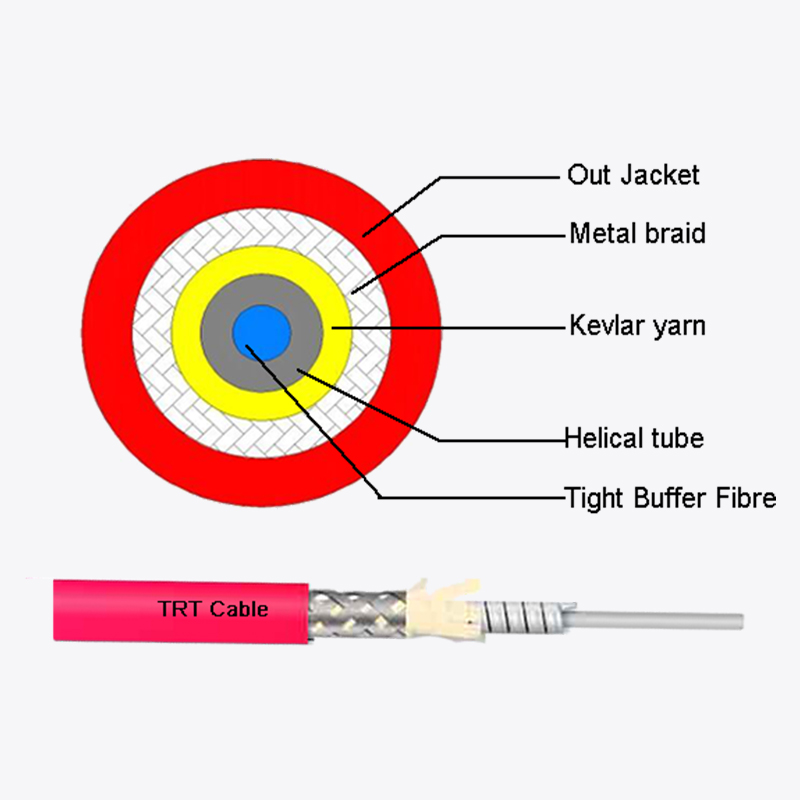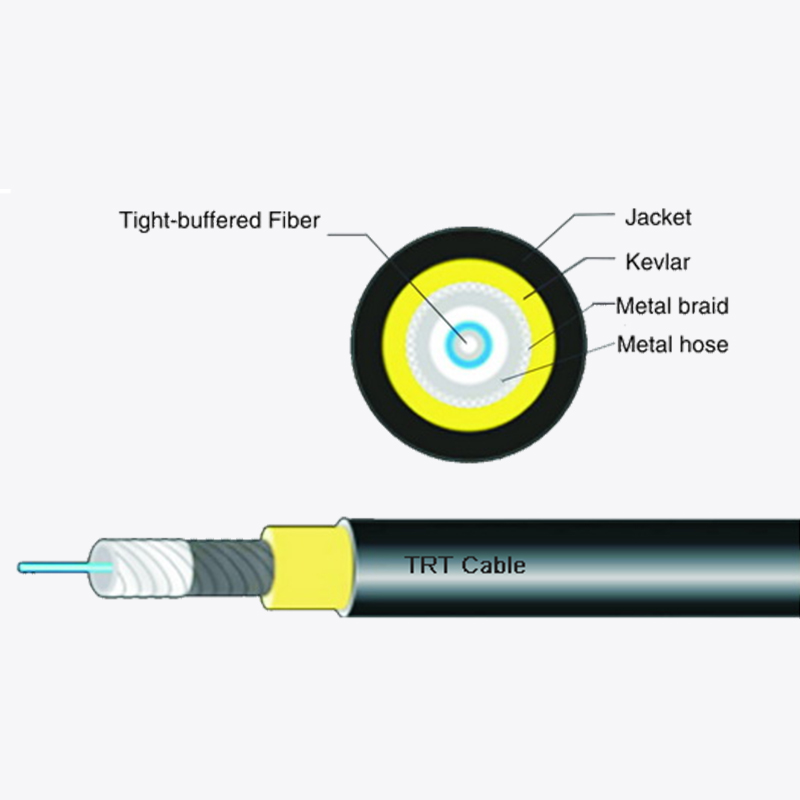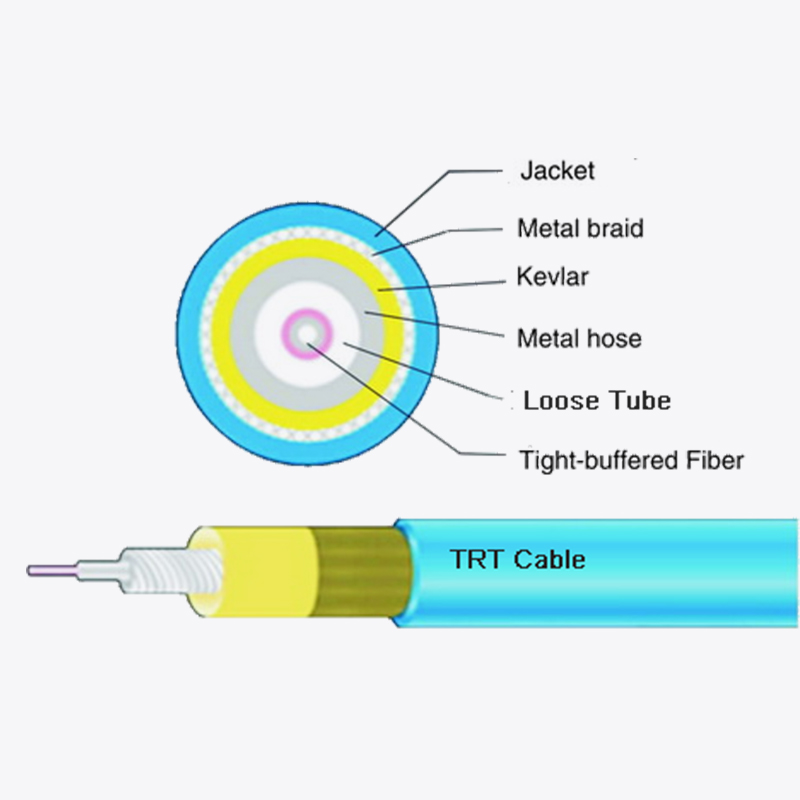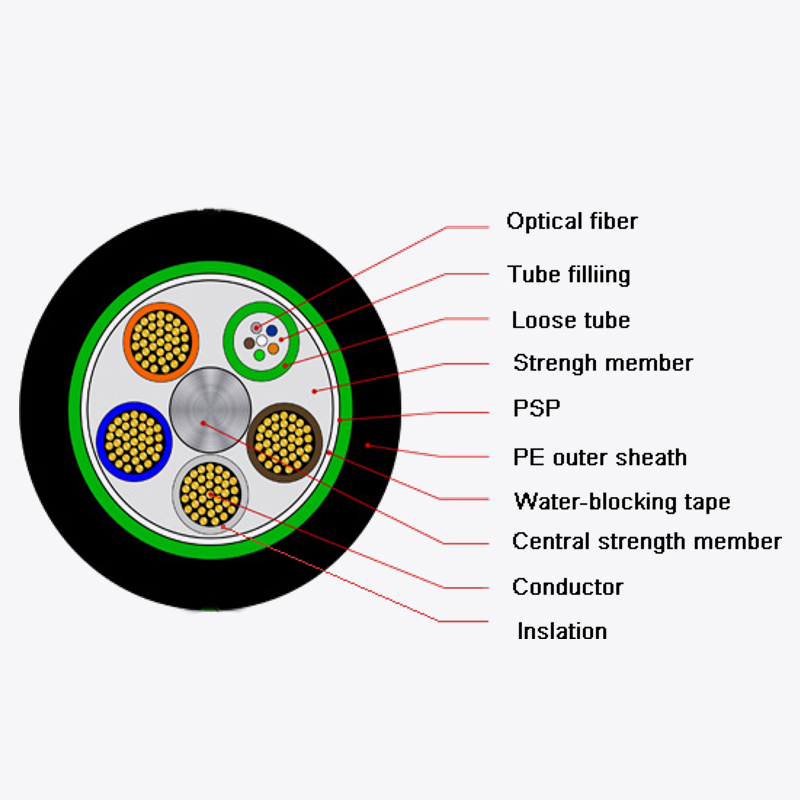Web Menu
Product Search
Exit Menu
How does the sheath of outdoor optical fiber cable ensure stable transmission of optical signals?
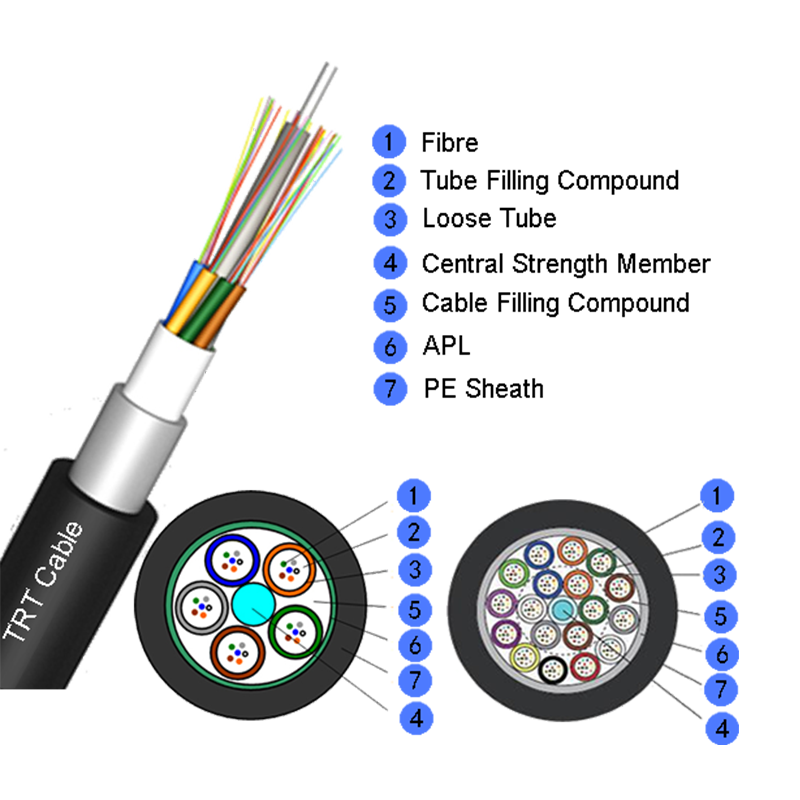
How does the sheath of outdoor optical fiber cable ensure stable transmission of optical signals?
In the journey of building a modern and efficient communication network, outdoor optical fiber cable can be regarded as the key "artery" on the information highway, shouldering the heavy task of long-distance and large-capacity transmission of optical signals. Among its many structural components, the sheath, which seems to be an ordinary part, is actually the hero behind the scenes to ensure stable and reliable transmission of optical signals. It is like a loyal and fearless guard. While blocking external erosion forces such as moisture, chemicals, and ultraviolet rays, it fully maintains the good working condition of the optical fiber to ensure that its performance is not degraded in various harsh natural environments.
Moisture is an extremely deadly threat to optical fiber. Once moisture breaks through the defense line and enters the cable, it will cause a series of serious consequences. Water molecules react chemically with the silanol in the optical fiber, resulting in hydrolysis of the optical fiber. This process is like burying a "time bomb" inside the optical fiber, causing the optical signal to continuously attenuate during transmission, and even causing communication interruption in severe cases. The sheath of the outdoor optical fiber cable, with its special materials and tight molecular structure, builds an indestructible waterproof barrier. Take the common polyethylene (PE) and polyvinyl chloride (PVC) materials as examples. Their molecules are arranged tightly and orderly, and it is difficult for water molecules to find gaps to penetrate. Just like in the humid and rainy southern region, frequent rainfall throughout the year poses a huge challenge to outdoor communication facilities, but thanks to the waterproof function of the sheath, a large number of outdoor optical fiber cables can still operate normally in such an environment, ensuring the stability and smoothness of the communication network in the region.
In the outdoor environment, the erosion of chemical substances also threatens the life and performance of optical fiber cables at all times. Whether it is acidic waste gas emitted from industrial areas or various chemical agents used in agricultural production, they may corrode the cables. The materials used for the sheath, such as the polyethylene mentioned above, have excellent chemical stability. Its molecular structure is extremely stable. It is not easy to react chemically in the face of chemical substances such as acids and alkalis, and can effectively maintain the integrity of its own structure. This is like putting on a layer of corrosion-resistant "protective clothing" for the optical fiber, so that the optical fiber can be safe and sound in an environment full of chemical threats, ensuring that the transmission of optical signals is not affected.
Ultraviolet rays are also a major enemy of outdoor optical fiber cables. Under the continuous irradiation of sunlight, the cable is exposed to ultraviolet rays for a long time, and ordinary materials are very prone to aging. Aging will cause the physical properties of the material to deteriorate, such as hardening and brittleness, thereby reducing the ability to protect the internal optical fiber. However, the sheath of the outdoor optical fiber cable is fully considered in the design. Take polyvinyl chloride as an example. It has excellent weather resistance and can effectively resist the erosion of ultraviolet rays. In an environment exposed to sunlight for a long time, its molecular structure can still remain stable, slowing down the aging speed, thereby avoiding the performance degradation caused by material aging and ensuring that the optical fiber is always in good working condition.
In extremely harsh natural environments such as deserts, high temperatures and strong ultraviolet rays coexist, which poses a more stringent test for outdoor optical fiber cables. The temperature in desert areas often soars to extremely high during the day, and strong ultraviolet rays shine directly without any shielding. In such an environment, the cable sheath must not only withstand the thermal expansion and contraction caused by high temperatures, but also resist the continuous damage of ultraviolet rays. Through careful design and material selection, the sheath of modern outdoor fiber optic cables can maintain the stability of their physical properties at high temperatures. At the same time, with its anti-ultraviolet properties, it can effectively protect the optical fiber from ultraviolet damage, ensure the stable transmission of optical signals in this vast desert, and lay a solid foundation for the construction of communications in desert areas.
The high humidity and salt spray environment in coastal areas also bring many challenges to outdoor fiber optic cables. High humidity environments increase the risk of moisture intrusion into cables, and the salt contained in salt spray is corrosive, which will accelerate the corrosion of metal parts and may also have a negative impact on the insulation performance of cables. However, the sheath of outdoor fiber optic cables can effectively block moisture in high humidity environments with its excellent waterproof and moisture-proof properties. In addition, its resistance to chemical substances enables it to resist the erosion of salt spray, protect the internal optical fiber and other structures from damage, and ensure that optical signals can still be transmitted stably and reliably under the complex environmental conditions in coastal areas, meeting the growing communication needs of coastal areas.
 Address:Zhong'an Road, Puzhuang Town, Suzhou City, Jiangsu Prov., China
Address:Zhong'an Road, Puzhuang Town, Suzhou City, Jiangsu Prov., China Phone:+86-189 1350 1815
Phone:+86-189 1350 1815 Tel:+86-512-66392923
Tel:+86-512-66392923 Fax:+86-512-66383830
Fax:+86-512-66383830 Email:[email protected]
Email:[email protected] Wechat: xiaobin18913501815
Wechat: xiaobin18913501815 whatsapp: +86 18913501815
whatsapp: +86 18913501815
 0
0

 English
English русский
русский Español
Español Português
Português عربى
عربى